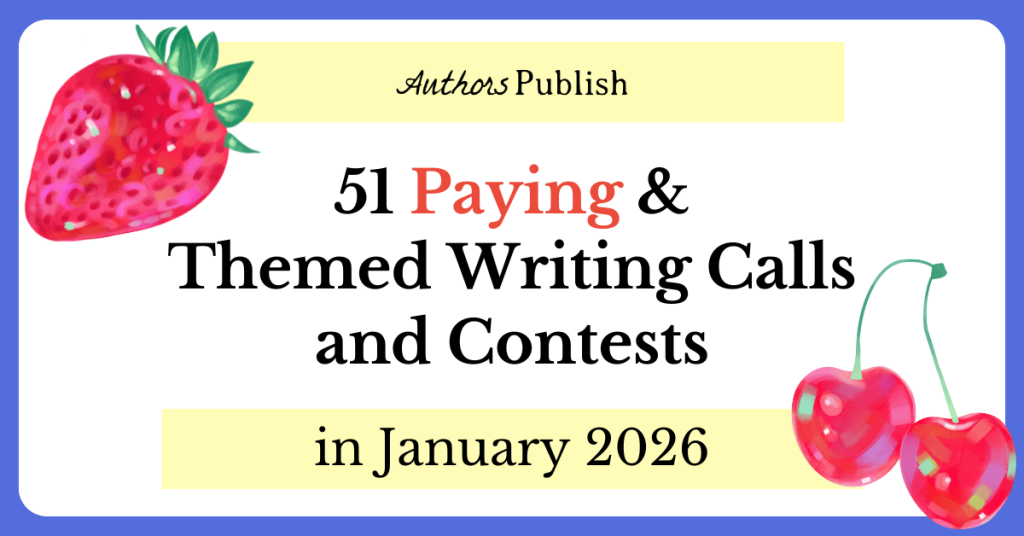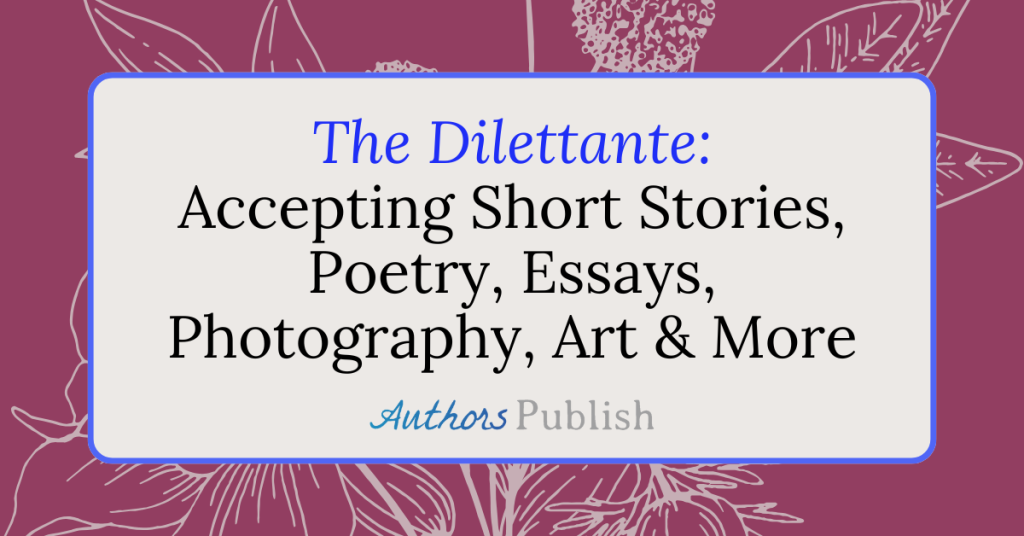By Allison Whittenberg
Readings are everywhere: in coffee houses and cafes. Bookstores and libraries. Museums and art galleries. Colleges and universities. Chances are wherever you live, you are within a stones throw or at the very most, driving distance from a reading. Perhaps the spotlight is on you this time around. Here are some tips to make your event exciting and memorable.
Content
Though it’s not necessary to read from published work, it is crucial that you read from polished work. Don’t rely on what you’ve made up on the fly. Respect your audience; don’t play them as guinea pigs.
Hook
Don’t think tricks or gimmicks, it’s not shtick. Open with a work that gives your audience a sense of what to expect. If your work is generally funny, start with a humorous piece so the audience will know that’s your thing and it’s all right to laugh. The same goes for more somber pieces. However, it never hurts to have a surprise or two in your line up, just to keep your audience on their toes.
Space
What’s the mood of your audience? Edgy? Stately? Emotional? Sentimental? Of course, no audience has a totally united personality, but you should be able to get a read on what will work and what won’t with an audience. This doesn’t mean coming out of yourself; most people can detect a phony.
Flow
After you have selected some strong pieces to read, practice. Read in front of a mirror or better yet into a recording device. Make sure that you look and sound comfortable. Make sure you know your work fluently.
Time
As a solo reader, you might need to plan for forty-five to sixty minutes of performance. If that sounds like a lot, you are right. It is. Also, always be careful to stay within the time limits that the event organizers request. Feel free to go under that length by a few minutes and keep in mind this does not mean the entire time will be eaten up with pure text. Hopefully, you will let your audience into your creative process or the story behind lines. I love when an artist goes off script and shares something really personal about his or her life or work.
Closure
Make sure you have one. Don’t just run out or let the organizer of the reading give you the hook. Pay attention to your final line or image. End with a bang (or, if you choose, a whimper). This is your last chance to solidify your impression on the audience. Make sure you linger in their minds.






